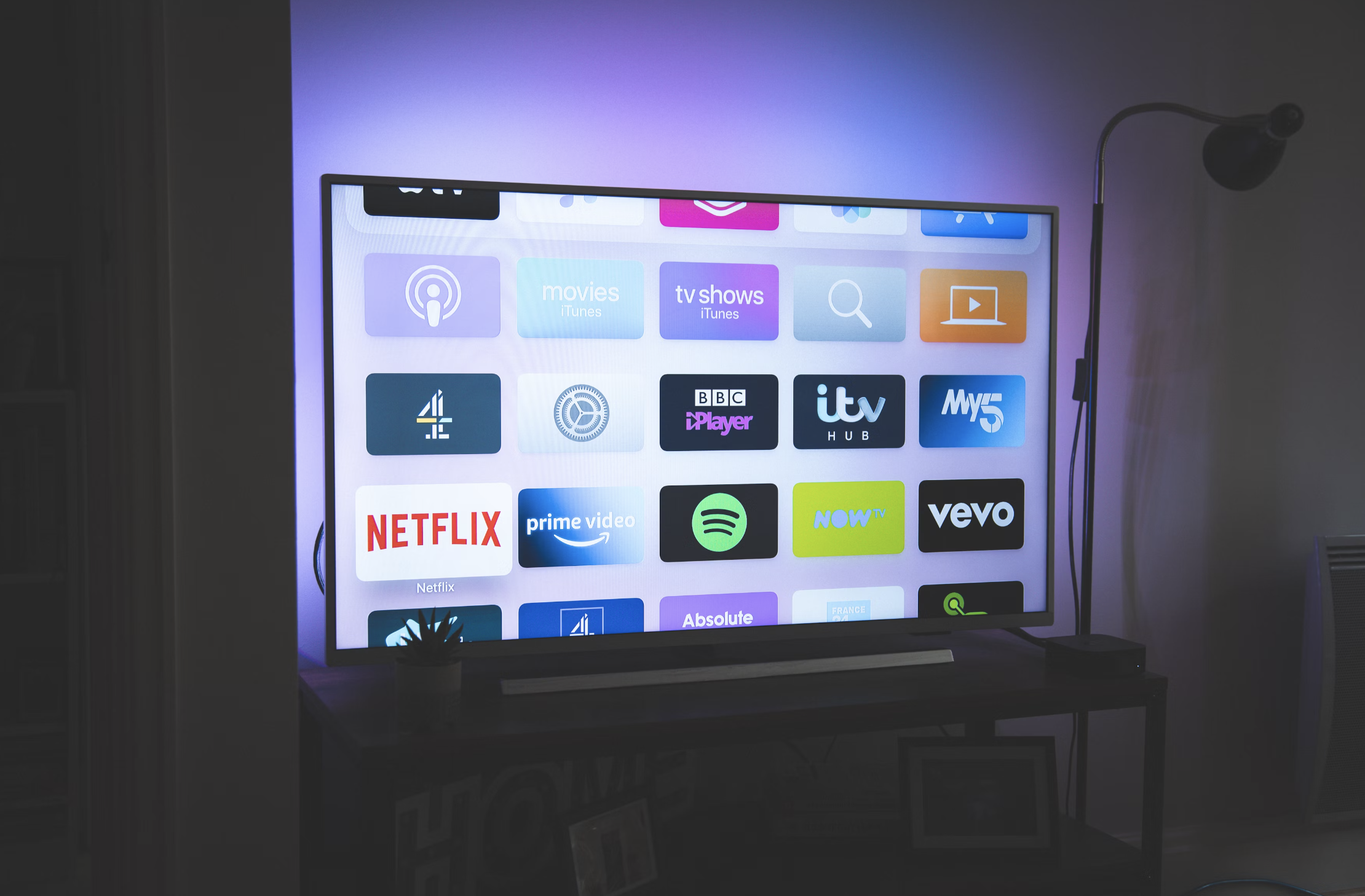Connected TV’s rapid growth doesn’t look to be slowing down anytime soon. Despite the unstable economic situation over the last few years, audiences have continued to make CTV an increasingly large part of their content watching habits.
We previously delved into the ins and outs of today’s CTV landscape and how marketers can maximise the potential of their CTV campaigns. In this article we will take a more indepth look at one of the most important parts of CTV: measurement.
Why CTV measurement is vital for marketers
With marketers looking to follow consumer eyeballs, it’s no surprise that ad spend on CTV is set to double by 2026. But, In the fast moving world of CTV, marketers need to prioritise CTV measurement for a number of key reasons:
- Directly tying spend to results: Measurement is vital for ensuring not only that ads are delivered, but that they are directly driving the KPIs of a campaign. With marketers under increasing pressure to show ROI, measurement is key to being able to justify their spend.
- Gaining consumer insights: By measuring consumer interactions, marketers can start to build up more complete audience proflies, therefore driving more precise targeting. This can include insights on viewing habits, interests, or even geographic locations.
- Optimising campaigns: Effective measurement doesn’t just mean taking stock of a campaign’s impact after it has run. Real-time campaign data enables marketers pivot their spend in-flight to achieve maximum results.
The journey of CTV measurement so far
As explored in our last article, the CTV landscape is increasingly fragmented. With new ways to watch emerging all the time, viewers are constantly changing how they consume their content. At the same time, economic pressures are driving audiences increasingly towards ad-supported streaming options.
Gaining a true oversight of spend in this environment can therefore be tricky. On linear TV, ad measurement in the UK has traditionally been provided by organisations such as Barb, whose survey-based stats helped brands to build a picture of viewership. However, this approach is not anywhere near granular enough to truly gain the insights needed for CTV.
Bringing digital measurement to CTV
Measurement on CTV has grown to become more similar to its online counterparts. Information on where, how and to whom ads are served is becoming increasingly granular. Measurement technologies like automatic content recognition (ACR) are allowing marketers to measure viewer engagement with increasing precision.
CTV ads can also able to be tied to specific IPs or user accounts to help build fuller audience profiles that scale across different marketing channels enabling truly omnichannel campaigns.
Some of the insights available are:
- Ad impressions
- Location of ad delivery
- Frequency of ad delivery
- Brand lift
- Viewability
- Contextual situation
- Percentage of ad viewed
- Interaction with ad
- Brand awareness
Not yet the full picture
Like any rapidly developing channel, measurement on CTV is still experiencing growing pains. The fractured nature of the CTV landscape means that gaining a full picture of the impact of ad spend is not always easy.
Some of this is down to the very nature of TV – even with rafts of data, it is still hard to judge exactly who in a household is watching a CTV device, for instance. Some of these teething problems are down to a lack of standardisation within the industry. While new technologies and solutions are emerging all the time, if marketers are going to effectively measure the results of their ad campaigns on CTV, the industry will need to work together on standardising measurement.
With many of the industry’s biggest players, such as Fox, Paramount, NBCU creating their own ad-driven streaming platforms and subscription-based streamers such as Netflix and Disney+ also launching ad-funded tiers, expect there be movement to create more standardisation within measurement soon.
Ultimately CTV is still maturing. But as marketers look to commit more spend there to reaching their target audiences, they will need to be able to gain a clear view of the impact it is having with their target audience. Effective measurement is the key to not only achieving this clarity, but also to unlocking effective programmatic ad purchasing for CTV.
If you would like to find more about how to unlock the potential of programmatic CTV get in touch on sbs-sourcing.com.

